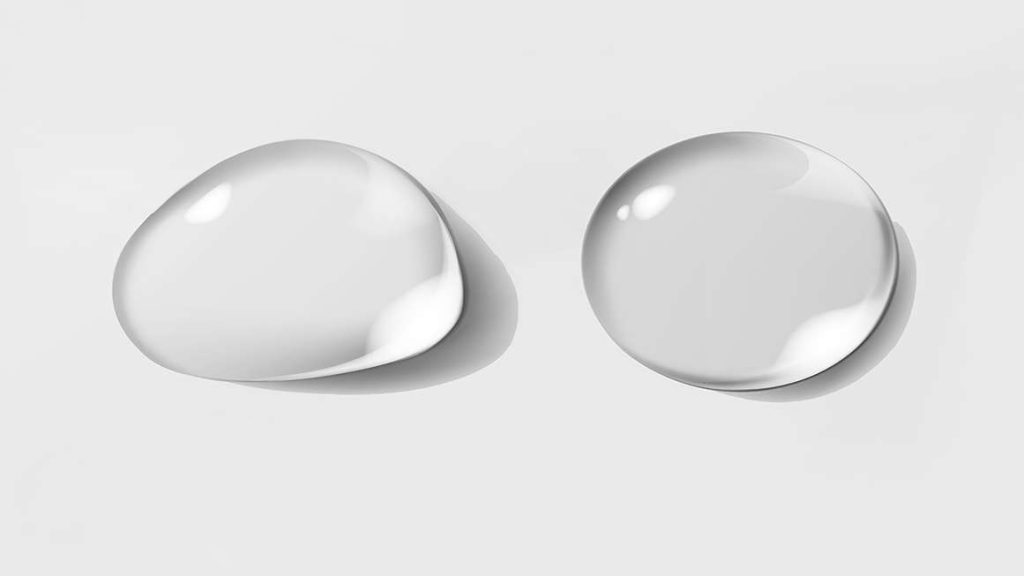A study published in the Proceedings of the National Academy of Sciences (PNAS) in January has been used for a media wave of scaremongering about plastic residue in bottled water. Its results are based on a system developed by researchers at Columbia University and Rutgers University that uses a “hyperspectral stimulated Raman scattering (SRS) imaging platform with an automated plastic identification algorithm that allows micro-nano plastic analysis.” That sounds impressive, and it really is, relying on an immersive tank, lasers, and advanced computational techniques.
The study’s major contribution to science was actually not in coming up with an estimate of the amount of plastic in bottled water, but in inventing a technique that could detect nanoplastics at all. Nanoplastics, as the name implies, are much smaller than already tiny microplastics. Microplastics can be as small as one micron in size, 1/83rd the width of a strand of hair.
The smallest-sized particles the researchers picked up measured 100 nanometers. This means we can now detect bits of plastic so small that 10 million of them would amount to a piece of microplastic a fraction of the width of a hair.
Just as a stronger telescope will discover more planets, or a better microscope might tell us there are more bacteria in a petri dish than we previously knew, so too did this impressive newfound ability to see infinitesimally small bits of plastic mean that they discovered a seemingly infinite amount of plastic.
Nearly every news outlet hit concerned thirsty Americans with headlines such as “Scientists Find About a Quarter Million Invisible Nanoplastic Particles in a Liter of Bottled Water” (Associated Press) and “Bottled water contains hundreds of thousands of potentially dangerous plastic fragments: Study” (The Hill), as if the 240,000 figure is directly meaningful to their readers.
The number of pieces of plastic, as opposed to the amount of plastic, is irrelevant to the danger (if there even is a danger), but the aim was to communicate dread at all of the tiny shards of toxicity loosed upon our water-gulping bodies. It’s like pretending it is actually informative about our colorectal risk from eating beef to reveal we are consuming more than 30,000 grams of beef a year vs. the equivalent 66 pounds. The number of discrete units on any arbitrary scale is not what’s important for our health risk; it’s the total weight.
To be clear, the PNAS paper didn’t just convert microplastic units to nanoplastic units. The techniques did allow for the detection of a greater amount of plastic in the water, but the implications of that were played up in the media in the most dire way possible. The Washington Post headline referenced “100 to 1000 times more plastics.” The subhead of that article proclaims: “A new study finds that ‘nanoplastics’ are even more common than microplastics in bottled water.” In that article we are told, “People are swallowing hundreds of thousands of microscopic pieces of plastic each time they drink a liter of bottled water, scientists have shown—a revelation that could have profound implications for human health.”
Emphasis on “could.” There are no good studies on what the effects of these particles are. Most of the media outlets that covered the nanoplastic discovery disclose that there’s never been a documented effect on health from the particles, but they still can’t resist framing the discovery with maximum alarm.
Every person breathes, and has breathed in since the dawn of time, nanoparticles. They are in decomposing skin, leaves, and ash. Plastic is different, to be sure, which is what the current studies are properly concerned with. We do know that bottled water contains small bits of plastic, the oceans contain small bits of plastic, and our tap water contains small bits of plastic.
What we don’t know is how any of this plastic may, or may not, affect us. The panic thrust upon us by almost all the media framing is premature and in many cases antithetical to the actual processes of scientific inquiry. A headline such as Earth.com’s “Over 240,000 cancer-causing nanoplastics found in bottled water” is not just quantitatively illegible, it’s an assertion not based on any proof of carcinogenic effect. Likewise, a recent article in The New Yorker titled “How Plastics Are Poisoning Us” is interesting, taught me things I didn’t know about small plastics and “nurdles,” and excited my interest in further research, but what it didn’t do was present any proof that plastics are poisoning us.
The scientists behind the study themselves said they’ve personally reduced the amount of water they drank out of bottles. Columbia’s Wei Min claimed he cut his bottled water consumption in half.
In half? I doubt lung cancer researchers cut their smoking in half. Did Herbert Needleman, the researcher who proved the effects of lead on child development, react by painting his son’s nursery walls with only one coat of lead paint instead of two? The nanoplastic chemists are showing proper caution, but their continued use of some level of bottled water rebuts the more fearmongering claims attached to their work.
One example of proper perspective appeared in an Associated Press article quoting Denise Hardesty, an Australian government oceanographer who studies plastic waste. She pointed out that the total weight of nanoplastics found in a bottle of water was the “equivalent to the weight of a single penny in the volume of two Olympic-sized swimming pools.”
I once swallowed a penny. I lived. We all have swallowed lots of water—bottled, tap, and maybe even from swimming pools. All of this water will have infinitesimally small pieces of plastic in it which science is now able to detect and count. The numbers associated with these tiny bits of plastic will be quite large. The conclusions we should draw from the huge counts are not quite nil, but are many orders of magnitudes less significant than the media panic over nanoplastics we’re swimming in.
The post A Big Panic Over Tiny Plastics appeared first on Reason.com.







